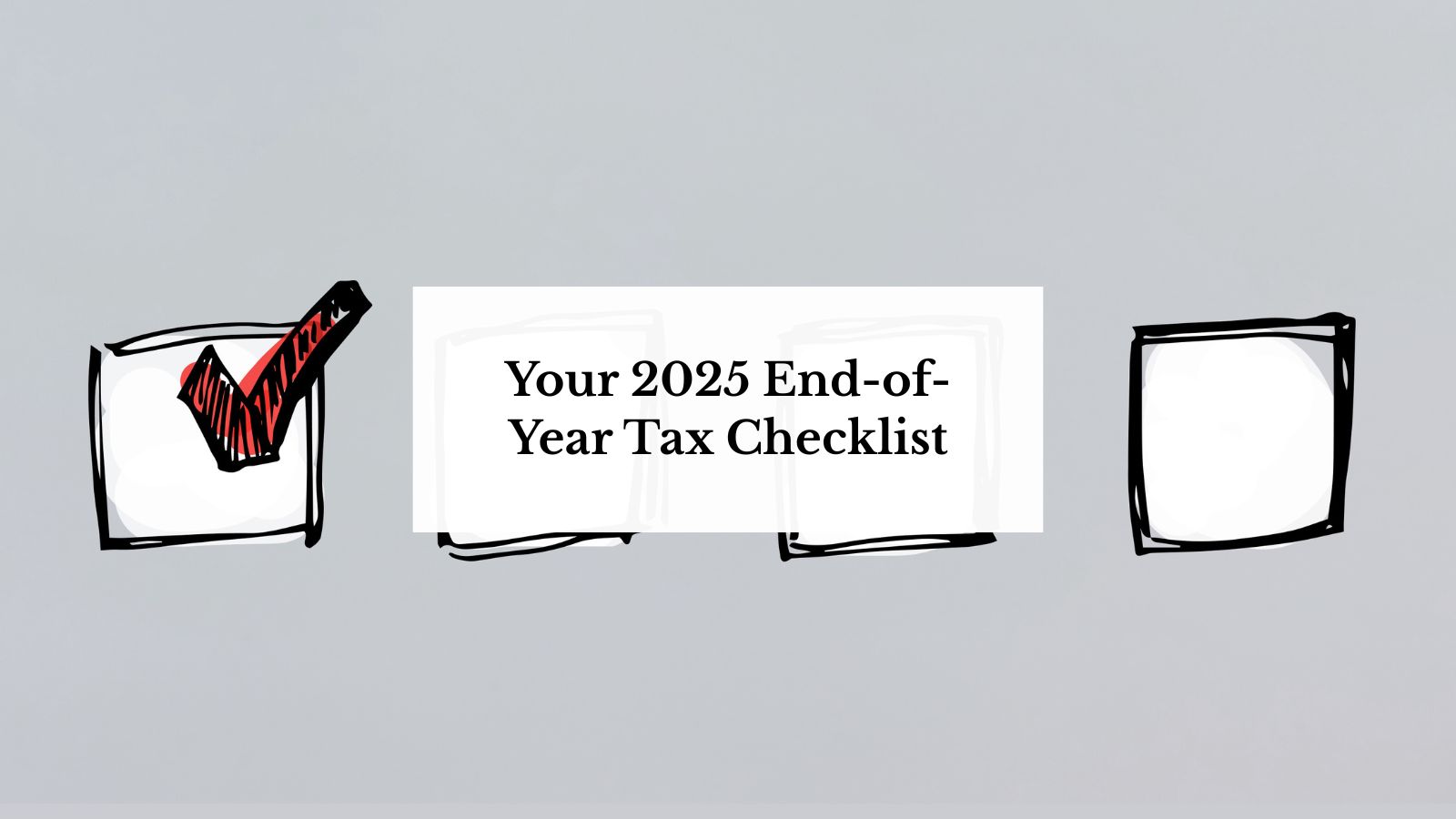
The financial world is constantly changing, and with it comes a whole new set of buzzwords to describe trends, technologies, and challenges in the industry. While some of these terms may sound complicated — or even a bit gimmicky — they often highlight important shifts in how money is managed, how the economy is viewed, or how individuals interact with financial systems. Let’s dive into some popular financial buzzwords and break down what they mean, why they matter, and how they might affect your financial outlook.
Shrinkflation vs. Greedflation
You may have noticed that the size of your favorite snack has shrunk, but the price hasn’t. This is shrinkflation, a practice where companies reduce the quantity or size of their product without lowering the price. It’s an inflationary tactic that allows businesses to manage rising production costs without directly hiking prices. The term gained mainstream recognition during periods of inflation and is widely used by economists and market analysts.
Greedflation, a more controversial term, implies that companies are raising prices not because of increased production costs, but simply to boost profits. While inflation is generally tied to external factors like supply chain disruptions or increased demand, greedflation suggests that some businesses exploit inflationary periods to unnecessarily raise their prices for higher profit margins. This term gained popularity during the COVID-19 pandemic and global economic recovery, although its exact origin remains uncertain.
Understanding the difference between these two concepts is crucial as both affect your wallet in different ways. While shrinkflation might be easier to spot if you’re paying attention to the size of the product, greedflation requires more scrutiny of corporate earnings and profit reports.
No Spend Social Media Challenges and Doom Spending
In a world dominated by consumerism, no spend social media challenges have emerged as a countercultural movement. These challenges involve spending nothing (or significantly reducing spending) for a set period and are typically shared on social platforms like Instagram or TikTok. The movement’s goal is to help participants identify unnecessary expenses, rethink their spending habits, and save more. While the concept itself has roots in traditional saving challenges, the modern version flourished with social media influencers championing the cause.
On the flip side, doom spending is the act of making impulsive purchases in response to anxiety or distress, often triggered by bad news or stressful periods. Much like doomscrolling (compulsively scrolling through negative news online), doom spending offers a temporary sense of relief but often leads to financial regret. While the term’s origin is hard to pinpoint, it began gaining popularity in the aftermath of COVID-19 as people navigated economic uncertainty.
Both trends highlight emotional responses to financial stress and uncertainty, making them relevant as we continue to face fluctuating economies and rising prices.
Cash Stuffing
The budgeting method known as cash stuffing is derived from the more traditional envelope system popularized by financial guru Dave Ramsey. In this method, individuals allocate cash into envelopes labeled for specific spending categories (e.g., groceries, entertainment, transportation). Once the cash is gone, no further spending in that category is allowed until the next budget cycle. Ramsey promoted this as a way to maintain discipline and avoid overspending, particularly for those who struggle with credit card use.
In recent years, this physical, tangible method has regained popularity as people turn to more hands-on ways to manage their finances in a cashless, digital world.
Soft Saving and Loud Budgeting
Many financial experts preach the importance of saving, but the concept of soft saving takes a more flexible approach. For example, someone might aim to save 10-15% of their income but not stress about meeting that exact number every month. This softer approach to saving has gained traction as more people embrace the idea of financial balance between living for today and planning for the future.
Meanwhile, loud budgeting takes the practice of budgeting out of the shadows and into the public. Loud budgeters often share their budgeting strategies and outcomes openly on social media or within accountability groups, focusing on transparency and communal support. While this concept does not have a single credited creator, the rise of personal finance influencers and budgeting apps has popularized this approach.
Together, these two concepts offer alternative strategies for those who want to be more mindful of their spending and saving habits without the rigidity of traditional methods.
Finfluencer
A finfluencer (financial influencer) is a social media personality who shares financial advice, education, or product recommendations with their followers. These influencers range from certified financial experts to everyday people who talk about their personal experiences with saving, investing, and budgeting.
Finfluencers became especially popular during the COVID-19 pandemic when many faced financial uncertainties and market volatility. People wanted easy-to-understand financial advice, and finfluencers were there to meet that demand.
While finfluencers make financial information more accessible, it’s important to be cautious. Not all of them are certified professionals, so their advice may not always be reliable. In fact, studies show that finfluencers often gain trust based on their personality and relatability rather than expertise. Many prioritize engagement and popularity, which can lead to overly optimistic or biased advice, especially if they have partnerships with financial products. Regulatory agencies have also expressed concern about the lack of oversight in finfluencer advice, as their recommendations often lack the depth of formal financial training, resulting in potentially misleading or oversimplified guidance.
Banking as a Service (BaaS) and RegTech
Banking as a Service (BaaS) refers to a business model where non-bank companies offer banking services to their customers by leveraging the infrastructure of licensed banks. Fintech companies have largely popularized this model, enabling businesses to integrate financial services without needing to navigate the regulatory environment themselves. The concept of BaaS has been around for a few years but gained more attention as financial technologies advanced.
RegTech (Regulatory Technology) follows a similar trend, offering technological solutions to help companies navigate complex regulatory landscapes. RegTech utilizes AI, machine learning, and big data to help businesses comply with ever-changing financial regulations. This term is credited to Ernst & Young, who coined it around 2015 as a part of the growing fintech ecosystem. RegTech aims to reduce human error, streamline compliance, and minimize risk in financial operations.
Cash Digitization
As we move toward a cashless future, cash digitization is becoming a widespread trend. This involves converting traditional cash into digital formats, including cryptocurrencies, mobile wallets like Apple Pay or Google Pay, and even central bank digital currencies (CBDCs). The digitization of cash offers quicker, more efficient transactions but raises concerns about privacy, access to technology, and the exclusion of those who lack digital literacy. The cash digitization trend has accelerated with the rise of digital currencies and mobile financial services, particularly in countries like China and Sweden, where cash use is rapidly declining.
Green Finance
As the world increasingly embraces sustainability, green finance refers to financial products, services, or investments that support environmentally friendly projects. These might include funding for renewable energy, carbon capture technologies, or energy-efficient buildings. Green finance has become a cornerstone of ESG (Environmental, Social, and Governance) investing and has been promoted by entities like the United Nations and the World Bank. It is crucial for achieving global sustainability goals and aligns with both government policy and consumer demand for eco-friendly solutions.
Sandwich Generation
The sandwich generation refers to adults who are “sandwiched” between the responsibilities of caring for aging parents and supporting their own children. This generation, often those in their 40s and 50s, faces unique financial burdens as they attempt to juggle both eldercare and their own children’s needs, all while trying to save for retirement. The term was first popularized by social worker Dorothy Miller in 1981, and it remains relevant today as lifespans increase and more adults find themselves stretched between these competing demands.
Ankle Biter and Big Uglies
In finance, an ankle biter refers to a small-cap or micro-cap stock with significant growth potential but higher risk. The exact origin of the term isn’t clear, but it is often used by traders and financial analysts to describe high-risk, high-reward investments.
Conversely, the term big uglies refers to large-cap companies that dominate their industries but may not offer the excitement or growth potential of smaller stocks. These companies are often found in sectors like manufacturing, oil and gas, steel, and mining—industries that are sometimes viewed as “dirty” or unfashionable, especially by younger investors who tend to prefer more innovative, high-growth companies. Despite their lack of glamour, big uglies are often household names with a stable market share, offering consistent and reliable returns over time. Recently the term big uglies has broadened to include any unfashionable but reliable investments that may lack excitement but are critical in maintaining financial stability.
The Magnificent Seven
We’ve all heard the buzzword “FAANG,” once used to describe five of the most well-known American tech companies. However, with company name changes, rising interest rates, and shifting market conditions, FAANG has evolved into the Magnificent Seven—a term coined by Bank of America analyst Michael Hartnett in 2023. This new group of tech giants, which includes Apple, Microsoft, Alphabet (Google), Amazon, Nvidia, Meta (Facebook), and Tesla, has driven much of the recent stock market gains. These companies dominate their respective sectors and account for over 30% of the S&P 500, propelled by factors such as technological innovation, market dominance, and strong financial performance.
Investors and analysts closely monitor these stocks due to their significant influence on overall market trends. Although these stocks represent exciting prospects for investors, they require a nuanced understanding of their industries and a strategic approach.
Why Financial Buzzwords Matter
Now that you’re familiar with these buzzwords, let’s talk about why understanding popular finance lingo is so important for you. It’s not just about keeping up with trends—knowing these terms can help you stay informed, empowered, and ready to make smart financial decisions. Here are six reasons why understanding these buzzwords can benefit you as an investor:
- Improved Financial Literacy. Buzzwords often reflect emerging trends, technologies, or shifts in the financial world. By understanding these terms, you can boost your financial literacy, making it easier to grasp concepts that may influence your financial plan or investments. This knowledge can help you feel more confident and enable you to actively participate in shaping your financial strategy.
- Informed Decision-Making. When you’re familiar with financial buzzwords like shrinkflation, green finance, or cash digitization, you can make better decisions about how economic trends impact your spending, saving, and investing. For instance, knowing about greedflation can help you recognize when prices are unfairly increasing, allowing you to adjust your spending or investment approach accordingly.
- Staying Ahead of Economic Trends. Buzzwords often signal new economic trends, technological innovations, or regulatory changes that could affect your portfolio or financial well-being. Being aware of these trends allows you to stay ahead of the curve and adjust your strategies as needed.
- Recognizing Risks and Opportunities. Financial buzzwords often point to new risks and opportunities in the market. For example, understanding doom spending can help you identify emotional spending habits that could jeopardize your financial goals. Similarly, being aware of concepts like green finance can help you spot sustainable investment opportunities or emerging growth stocks that may align with your long-term plans.
- Navigating Financial Changes. Terms like sandwich generation or cash stuffing reflect real-life financial challenges you may face at different stages of your life. Understanding these terms can help you anticipate and manage complex financial situations, such as balancing eldercare responsibilities with raising children or adjusting your cash flow during uncertain times.
- Confidence in Financial Planning. When you’re familiar with current financial buzzwords, you’re likely to feel more in control of your financial future. Whether it’s understanding a trend like soft saving or trying out a budgeting approach like loud budgeting, knowing these concepts may help reinforce the confidence you already have in your financial plan.
Buzzwords in the financial industry often reflect broader trends and shifts in how we approach money, investing, and financial planning. While some of these trends may come and go, others point to lasting changes in how we think about and manage our money. Whether you’re trying to avoid doom spending or looking into green finance options, having a grasp on these terms will equip you to make smarter financial decisions and adapt to new trends in the ever-changing financial world.
If you would like to speak with our team of CERTIFIED FINANCIAL PLANNERTM (CFP®) professionals, we would be happy to show you how our financial planning process can help you stay on track and achieve your financial goals. Please contact us for a complimentary discovery call at 631.218.0077. You can also send us a message directly.
R.W. Rogé & Company, Inc. is an independent, fee-only financial planning and investment management firm serving clients locally and virtually across the country, with Long Island, New York, and Beverly, Massachusetts office locations. R.W. Rogé & Company, Inc. was founded on a “client first” culture and proudly commits to acting in your best interest as a fiduciary. We have helped clients Plan, Achieve, and Live® the life they want since 1986. To learn more about how we do this, as well as our process, explore our detailed overview of services and approach.



